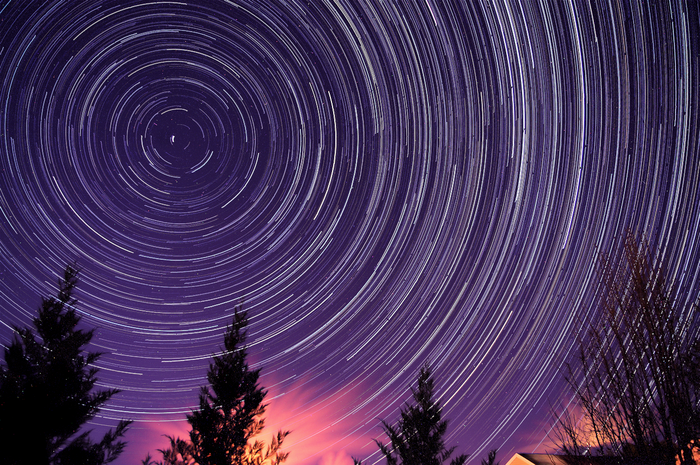January 2023 is inaugurated by a rain of shooting stars: the first nights of the new year, in fact, will see one of the major swarms active, that of the
Quadrantids
, which from the latitudes of Italy will be visible above all from midnight to dawn.
The peak is expected in the night between 3 and 4 January in the hours preceding the morning twilight, when the Moon will be a little lower on the horizon making observation easier, as stated by the Italian Amateur Astronomers Union (Uai).
Towards the end of the month, however, Venus and Saturn will put on a show with two events not to be missed: on the evening of 22 January, shortly after sunset, a very bright Venus will join Saturn in the constellation of Capricorn, while the following day at the pair of planets will also add the crescent crescent moon.
Great expectations also for
comet C/2022 E3 (ZTF),
discovered on March 2, 2022: it will reach its closest proximity to the Sun (perihelion) on January 12, at 166 million kilometers and from January 17 to February 5 it will be visible in the sky during all night long.
As of January 24, the comet "could" be visible with binoculars and perhaps even with the naked eye.
In addition to the Quadrantids, some minor meteor showers will also be active in January: the slow and bright delta Cancridi, whose peak is expected on January 17, the alpha Hydrids, which will reach their maximum two days later, and the
alpha Leonids
, which they will close the month.
The beginning of the new year will also see a
double conjunction between the Moon and Mars
, which will meet twice in the same month, on January
3rd
and
30th
, within a notable concentration of stars in the constellation Taurus, including Aldebaran, the Hyades and the Pleiades.
On
January 4
, at 17.00, the
Earth
will be at
perihelion
, i.e. at the minimum distance from the Sun, equal to over 147 thousand kilometres.
The days, which have become longer again since the winter solstice on December 21, will gain
another 48 minutes of light
from the beginning of the month.
The undisputed protagonist of the winter sky remains the
constellation of Orion
, accompanied in the sky by its two dogs, the constellations of Canis Major, where we find Sirius, the brightest star in the sky, and Canis Minor, where Procyon shines.




